How Does Tattoo Work
How Does Tattoo Work - These could have one or more needles (some machines use up to 35 needles). Tattoos are permanent images that pigments create on our skin. Tama tonga’s tattoo seems to be comprised of a combination of techniques used in polynesian tattoo making. Web yes, tattoo placement matters. This tissue is just underneath the outer layer of your skin, called the epidermis. Web getting a tattoo is a three (or four) step process: Although many people can and do get tattoos successfully removed, there’s no guarantee that these methods will always work. A tattoo is forever (ish). Brought to you by inside. In fact, the oldest decorative skin markings found in human remains date back to 6000 b.c. Your artist will outline the design on the skin. 6.4m views 9 years ago. To do this, they use an electrically powered tattoo machine that resembles (and sounds like) a dental drill. A tattoo is forever (ish). This tissue is just underneath the outer layer of your skin, called the epidermis. Get detailed information through pictures and explanation on how it all works. Web what makes tattoos permanent? Tattooing causes a small amount of bleeding and some pain. Over time, the cells that absorbed the ink will die off and be replaced naturally. Web the process of tattooing essentially creates an open wound, and your body responds as such. Web the process or technique of tattooing, creating a tattoo, involves the insertion of pigment (via tattoo ink) into the skin's dermis. Web tattoos are permanent images in the skin, delivered by needles injecting ink into the dermis. These could have one or more needles (some machines use up to 35 needles). Tattoo healing stages length of healing process tattoo. New research suggests that our bodies might have an intriguing way of handling tattoos —and the findings could eventually help us get better. Tama tonga’s tattoo seems to be comprised of a combination of techniques used in polynesian tattoo making. Dec 17, 2023 1:29 pm est. Tattooing is the process of injecting ink into the skin to make permanent images.. The machine works by pricking your skin. Engelman notes that any areas that experience high levels of friction—namely your hands and feet—tend to regenerate more. Over time, the cells that absorbed the ink will die off and be replaced naturally. Laser tattoo removal uses pulses of light directed at your skin to remove unwanted tattoos. Web in the case of. Since the neolithic era, people have been getting tattoos. Web tattoos & piercings. These could have one or more needles (some machines use up to 35 needles). Tattoos are permanent images that pigments create on our skin. Dec 17, 2023 1:29 pm est. According to the american chemical society, modern tattoo needles puncture the skin at 50 to 3000 times per minute, going through the epidermis, the outer. Tattooing causes a small amount of bleeding and some pain. Web how do tattoos work? Laser tattoo removal uses pulses of light directed at your skin to remove unwanted tattoos. Web artists create tattoos by. Dec 17, 2023 1:29 pm est. The tattoo machine has an electric motor, and some people have said it sounds to them like a dental drill. But one thing’s for certain: In fact, the oldest decorative skin markings found in human remains date back to 6000 b.c. Web the skin is divided into three layers: Since the neolithic era, people have been getting tattoos. Artists apply tattoo ink using a specialized mechanical machine operated by a foot pedal. Understanding the tattoo process is essential, as it helps you become more comfortable and calm while getting your first tattoo. Once your stencil is ready, it's time to create the transfer onto your skin. The tattoo machine. This can be between fifty and three thousand times per minute. That's creating trauma as well as injecting a foreign substance into the. It sends cells to that area to try and clear the foreign substance (ink), but become trapped in the dermis because the ink particles are too large to disperse. Engelman notes that any areas that experience high. When the lifespan of the macrophage is complete, it dies and releases the ink back into the skin, only to have it picked up again by another macrophage. Laser tattoo removal uses pulses of light directed at your skin to remove unwanted tattoos. Web usually, a tattoo artist uses a handheld machine that acts much like a sewing machine. According to the american chemical society, modern tattoo needles puncture the skin at 50 to 3000 times per minute, going through the epidermis, the outer. Web getting a tattoo is a three (or four) step process: Over time, the cells that absorbed the ink will die off and be replaced naturally. The epidermis, the dermis, and the subcutaneous layer. A tattoo is forever (ish). Understanding the tattoo process is essential, as it helps you become more comfortable and calm while getting your first tattoo. The artist shades the tattoo. Since the neolithic era, people have been getting tattoos. Most notably, au fa’atala or au mono (used for the. Although many people can and do get tattoos successfully removed, there’s no guarantee that these methods will always work. 414k views 3 years ago ink science and regulation. Web how do tattoos work? This saves hours of tracing time;
How Tattoos Work THE WORLD FAMOUS

This Is How Tattoo Machines Work In Slow Motion Cyprus International
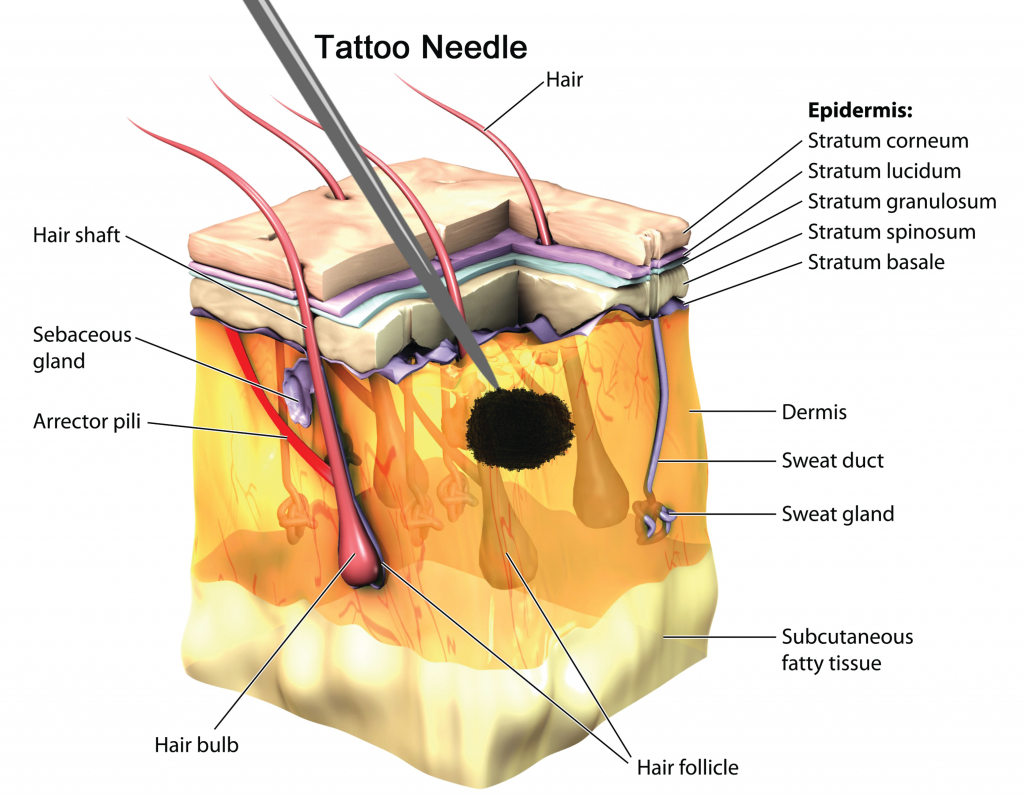
Before You Get a Tattoo, Know About Its Ink Ingredients! Procaffenation

How Do Tattoos Work? Quick Guide to the Science of Tattoos
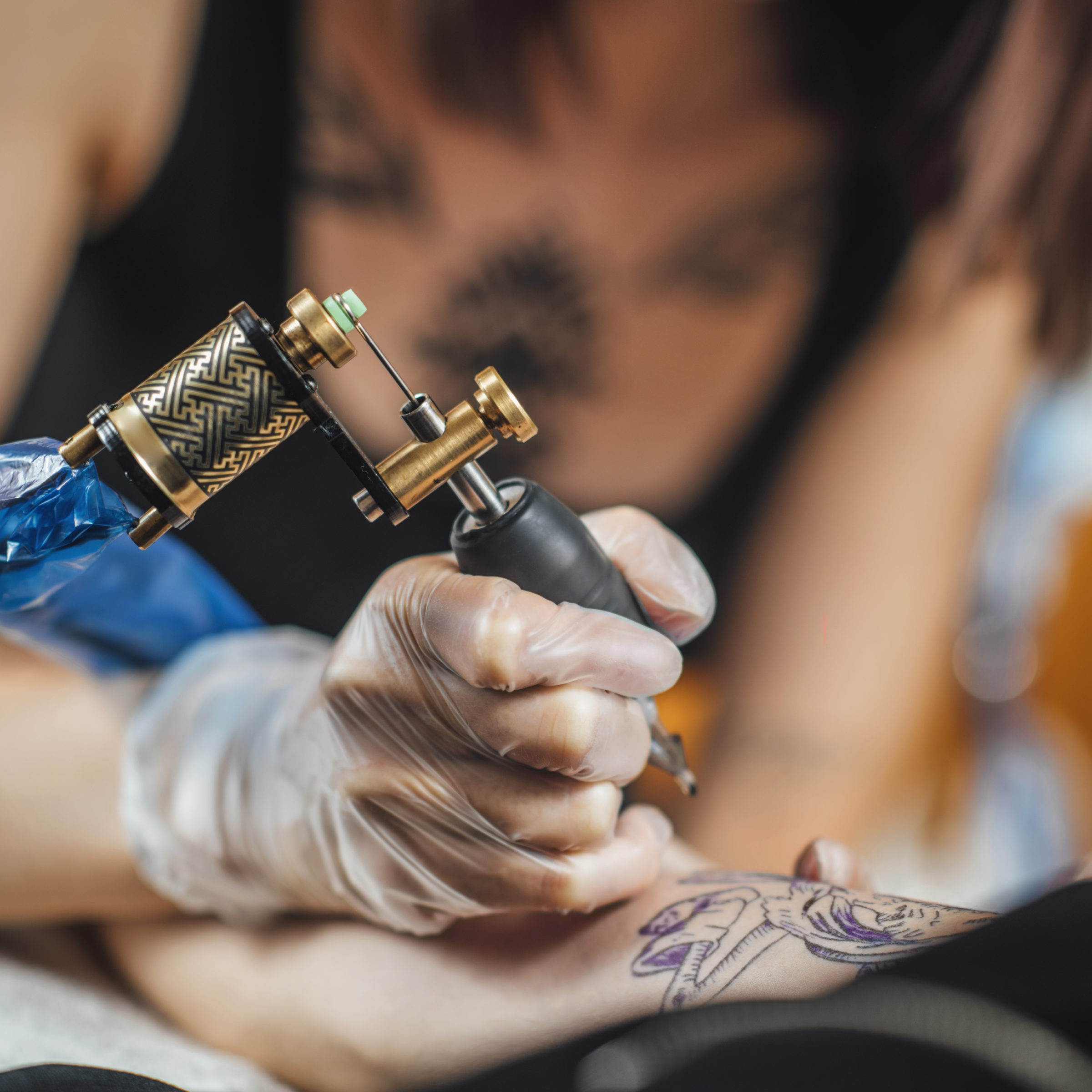
How Do Tattoo Machines Work? FREEYORK

How Do Tattoos Work? Your Ultimate Guide to the Tattoo Process
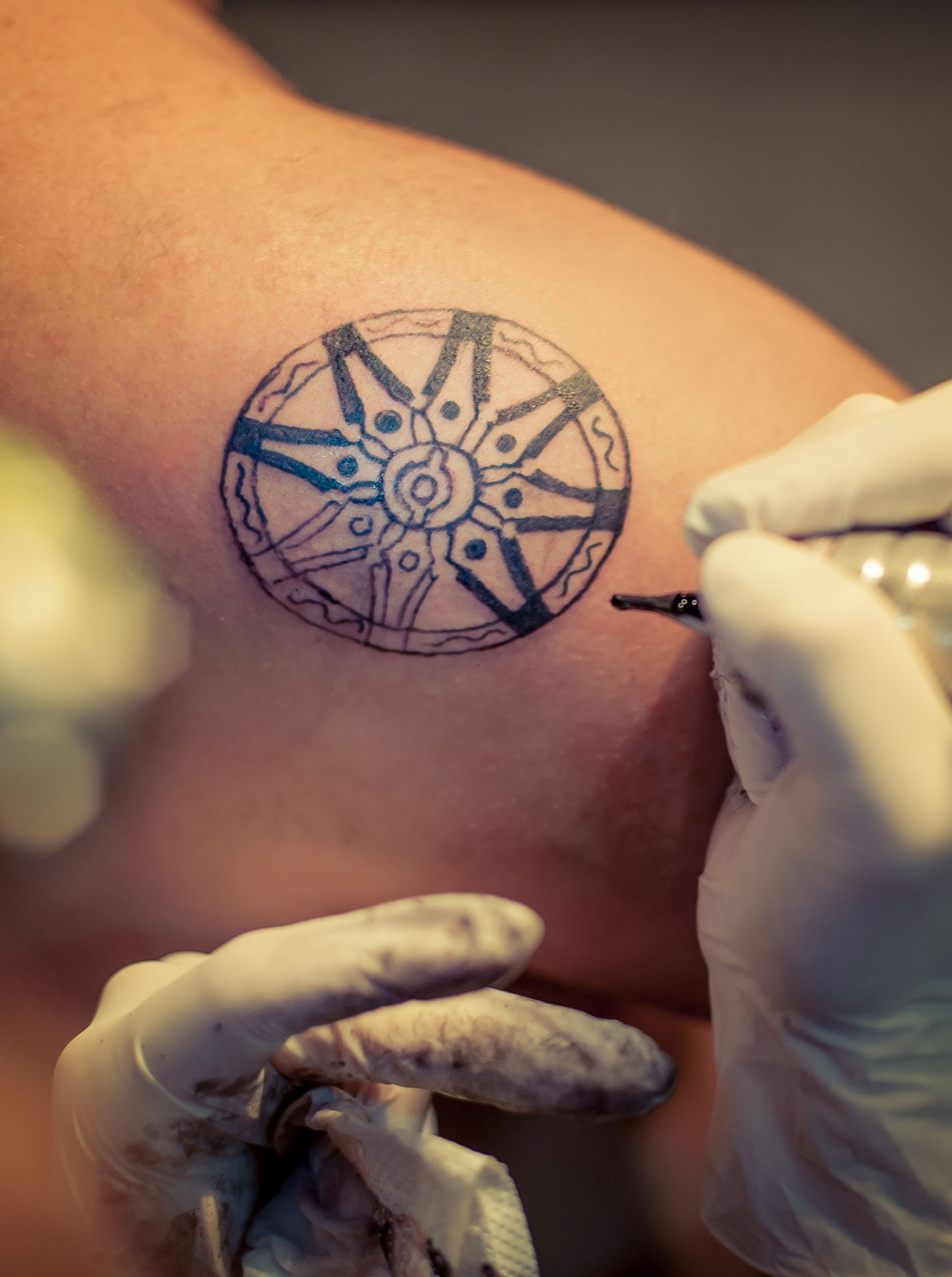
Tattoo Process Explained Step By Step Thoughtful Tattoos
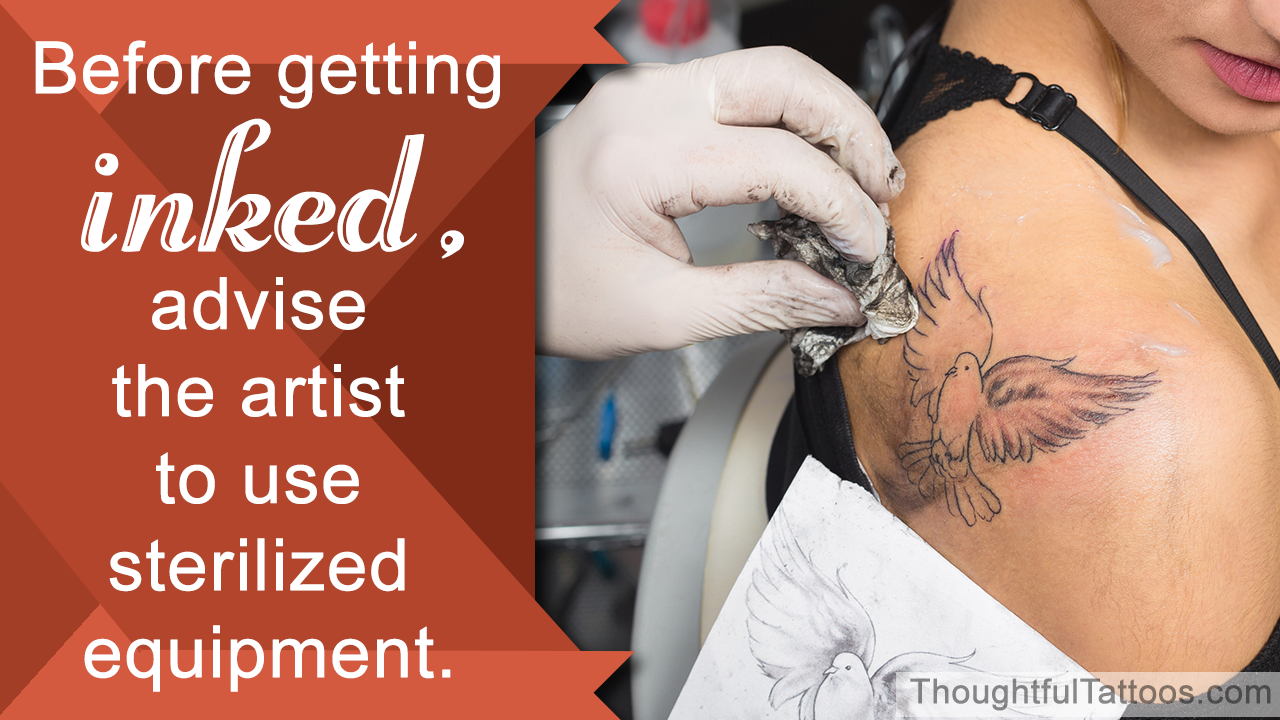
Tattoo Process Explained Step By Step Thoughtful Tattoos

How Do Tattoos Work? — Certified Tattoo Studios
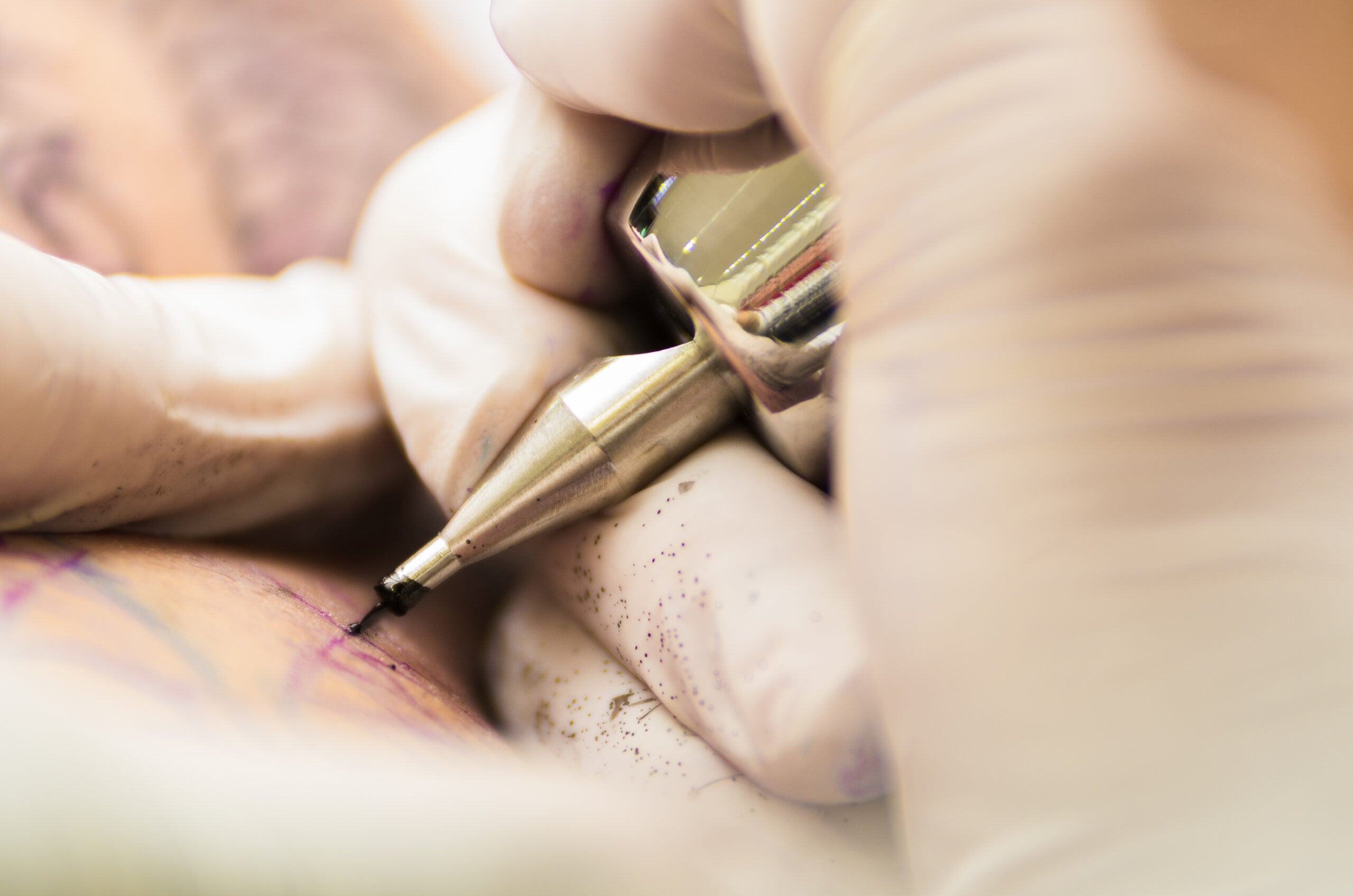
Tattoos are permanent, but the science behind them just shifted
Web Basically, Ink Is Implanted Into A Person’s Skin.
That Tattoo Is There, And It’s There To Stay.
It Sends Cells To That Area To Try And Clear The Foreign Substance (Ink), But Become Trapped In The Dermis Because The Ink Particles Are Too Large To Disperse.
This Can Be Between Fifty And Three Thousand Times Per Minute.
Related Post: